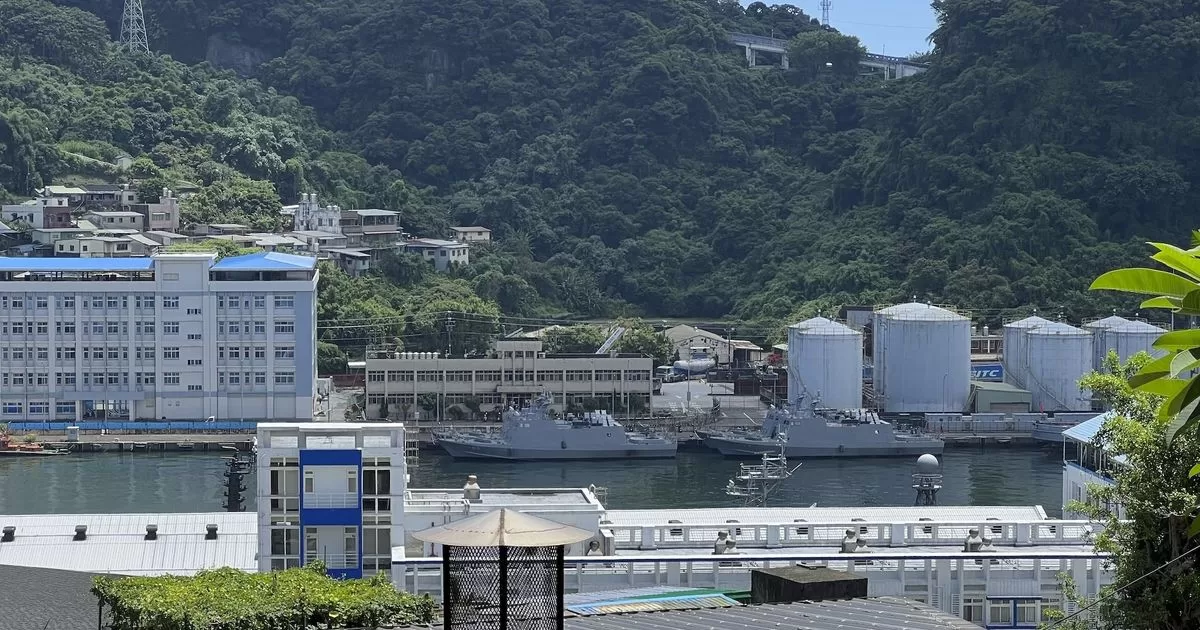The Argentine stock market rose again this Friday, for the fifth round in a row, encouraged by taking speculative positions in view of the upcoming presidential elections and as a hedge for strong inflation that exceeds 100% in the year-on-year measurement.
The leading index S&P Merval operated with an increase of 1.4%, to 255,100 units at 11:20 am, headed by the improvement noted in energy shares. This referential accumulates a rise of 16% in five business sessions.
In this way, the leading panel of the Buenos Aires Stock Exchange managed to reverse most of the losses in March, a month that ended with a 3% rise in pesos -well below inflation- and a fall measured in dollars “counted with liquidation” of 7 percent.
“It is evident that the movements of the week were driven by the trade electoral”, estimated Portfolio Personal Inversiones.
Former president Mauricio Macri recently confirmed that he will not be a presidential candidate in the next general elections, forcing the ruling party and the opposition to define their candidates and positions.
On the other hand, it is expected that this Friday the Monetary Fund International (IMF) approves the shortened goals with the Government for the fourth quarter of 2022, which will determine that the organization disburses 5.3 billion dollars and Argentina pays an outstanding debt of about 2.7 billion dollars.
Global bonds in dollars, with foreign law, operate with an average gain of 0.4% on Wall Street after three consecutive rounds with appreciable improvements. He risk country of JP Morgan reached 2,302 points Basics for Argentina.
Regarding the macroeconomic scenario, the INDEC reported that the percentage of households below the line of poverty reached 29.6% in the second half of 2022, where the 39.2% of peoplethus registering an expansion of 27.9% compared to the percentage of households in the same period of the previous year, in which 37.3% of people resided.
Meanwhile, the indigence -understood as the poor whose income is not even enough to buy the minimum food essential for subsistence- reached 6.2% of households -in which 8.1% of people reside-, compared to 6.1% of households -in which 8.2% of people resided- registered in the second half of 2021.
According to the consultant Ferreres & Associates, gross investment fell 3.2% year-on-year in February, to USD 7,777 million. In turn, the series without seasonality registered a contraction and in the month of the year it decreased -1.8% per month. The accumulated figure for the first two months of the year is an advance of 1.3%. The lack of dollars is undoubtedly the main stumbling block for the advancement of investments, although the lower economic activity, macroeconomic instability and political uncertainty contribute to tempering investment decisions.
Also, according to the UTDTthe index of Consumer Confidence (ICC) registered a rise in March of 5.56% per month. In the interannual comparison, the ICC shows a positive accumulated variation of 3.47%. Regarding the components of the index, they showed positive monthly variations, Personal Situation rose 3.39%, Macroeconomic Situation 7.3% and Durable Goods and Real Estate 6.05%, always with respect to the previous month.
Keep reading:

